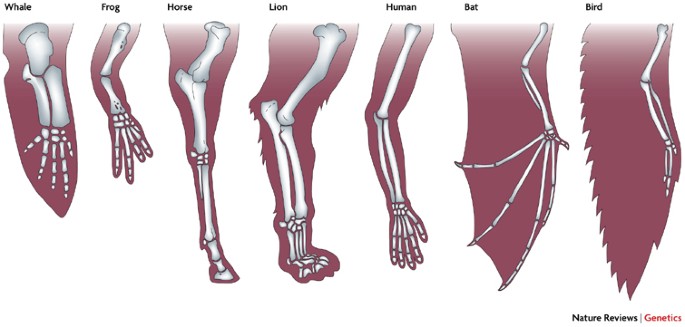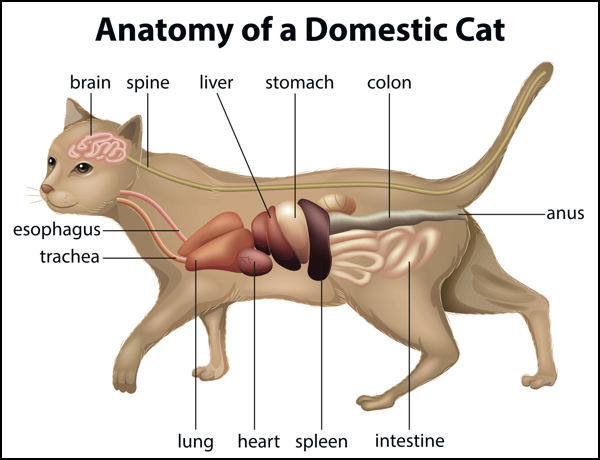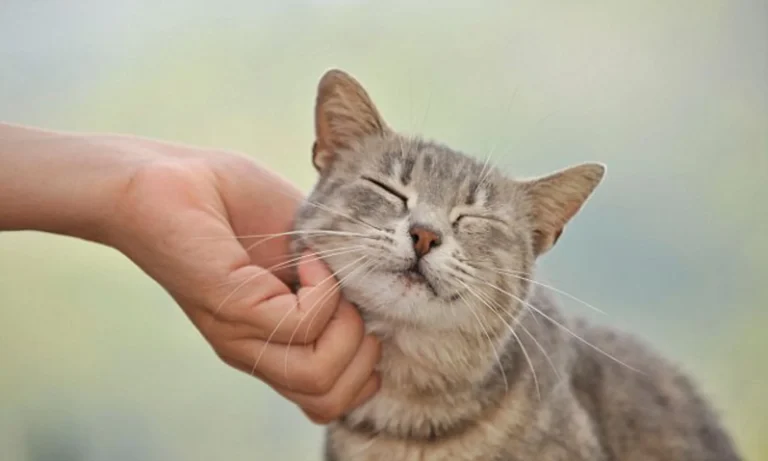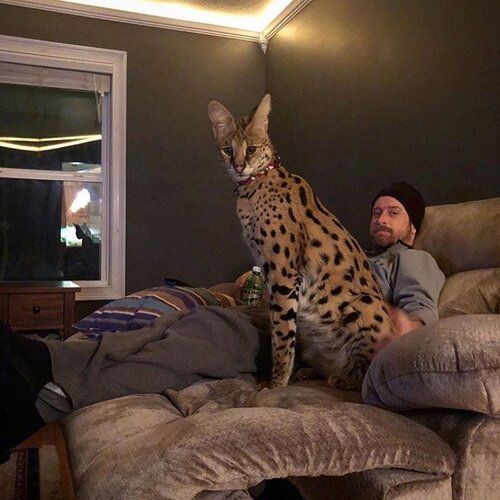Identifying cat health red flags
Signs of Poor Digestive Health in Cats
Digestive health can significantly impact a cat’s overall well-being and quality of life. One common sign of poor digestive health in cats is frequent vomiting. If your feline companion regurgitates their food more than once a week or demonstrates difficulty keeping meals down, it is crucial to seek veterinary attention. Additionally, persistent diarrhea or loose stools may indicate digestive issues. Pay attention to the frequency and consistency of your cat’s bowel movements, as well as any accompanying signs of discomfort or distress. These symptoms could be indicative of an underlying problem such as an inflammatory condition or food intolerance.
Another sign to watch out for is a decrease in appetite or a sudden change in eating habits. Cats are known for their finicky nature when it comes to food, but a significant and unexplained decrease in appetite could signal an underlying digestive issue. Additionally, excessive flatulence and bloating can also be red flags. If your cat appears to be uncomfortably gassy or seems to have a distended abdomen, it is essential to consult with your veterinarian as this could be indicative of a digestive disorder such as irritable bowel syndrome or a gastrointestinal blockage.
Symptoms of Respiratory Issues in Cats
Cats are known for their agility and grace, but sometimes even these magnificent creatures experience respiratory issues. One telltale sign of a respiratory problem in cats is frequent coughing or sneezing. If your furry friend is frequently making hacking sounds or sneezing, it is important to pay attention and seek veterinary care if necessary. Another symptom to look out for is difficulty breathing. If you notice your cat panting excessively or struggling to catch their breath, it may indicate a respiratory problem that requires immediate attention. Additionally, nasal discharge can be a strong indicator of respiratory issues. If you notice your cat has a runny or congested nose, it could be a sign of an underlying respiratory condition.
In some cases, cats may also exhibit a loss of appetite when they are experiencing respiratory issues. If your feline friend suddenly becomes disinterested in their food, it could be a sign that something is amiss. Keep an eye out for any changes in your cat’s eating habits and consult with your veterinarian if the loss of appetite persists. Another common symptom is lethargy or decreased energy levels. If your usually energetic and playful cat suddenly becomes sluggish and uninterested in activities, it may be a sign of respiratory distress. It is important not to ignore these symptoms as respiratory issues can worsen over time if left untreated.
Recognizing Skin and Coat Problems in Cats
Cats are known for their beautiful fur coats, but sometimes these coats can indicate underlying health problems. One common skin issue in cats is dermatitis, which refers to inflammation of the skin. Some signs of dermatitis may include redness, itching, hair loss, and the formation of scabs or sores. Cats with dermatitis might excessively groom or scratch themselves, leading to further skin damage. If you notice any of these symptoms, it is important to consult a veterinarian to determine the cause and provide appropriate treatment.
Another skin problem that cats may experience is allergies. Cats can be allergic to a variety of substances, including certain foods, environmental allergens like pollen or dust mites, or even fleas. Allergic reactions in cats often manifest as skin itchiness, resulting in excessive scratching, chewing, or licking. This can lead to hair loss, irritated skin, and the development of open sores. It is crucial to identify and address the underlying cause of the allergy to relieve the discomfort and prevent further complications. A veterinarian can conduct tests to pinpoint the specific allergen and recommend a suitable treatment plan.
Indications of Dental Problems in Cats
Cats can be quite meticulous when it comes to their grooming routines. However, if you notice a decline in your cat’s oral hygiene, it may be an indication of dental problems. One of the most obvious signs to look out for is bad breath. While it is normal for animals to have a certain level of odor in their mouths, an unusually unpleasant smell could be a red flag. Additionally, if you observe your cat drooling excessively or favoring one side while chewing, it could suggest dental discomfort. It is crucial to pay attention to these signs as dental issues can escalate if left untreated, leading to more severe health problems down the line.
Another common indication of dental problems in cats is a change in their eating habits. Cats with dental issues may experience pain or discomfort when eating, resulting in a decreased appetite or even refusal to eat altogether. You might notice your cat having difficulties while trying to eat dry food or exhibiting a preference for softer textures. Additionally, some cats may exhibit aggressive behavior or become irritable due to tooth pain. If you observe any of these signs, it is important to seek veterinary care promptly to ensure the proper diagnosis and treatment of your cat’s dental problems.
Identifying Urinary Tract Issues in Cats
One of the common health issues that cats may encounter is urinary tract problems. These issues can affect cats of all ages and can cause discomfort and pain if left untreated. Therefore, it is crucial for cat owners to be aware of the signs and symptoms that indicate a possible urinary tract problem in their feline companions.
One of the first signs of a urinary tract issue in cats is frequent urination. If you notice that your cat is using the litter box more often than usual, it may indicate a problem with their urinary tract. Additionally, you may also observe your cat straining or crying while urinating, which can be a sign of discomfort. It is important to pay attention to any changes in the color or odor of your cat’s urine as well, as these can also be indications of a potential urinary tract issue.
Warning Signs of Eye and Ear Infections in Cats
Cats can experience various health issues related to their eyes and ears. It’s important for cat owners to be aware of the warning signs that may indicate the presence of infections in these areas. When it comes to eye infections, cats may display redness or swelling around the eyes. They may also have excessive tearing or discharge from the eyes, which can be clear or have a yellowish or greenish tint. In some cases, cats may squint or keep their eyes closed due to discomfort. Additionally, if you notice that your cat is pawing at their eyes or rubbing their face against objects frequently, it could be an indication of an eye infection.
Similarly, ear infections can also cause discomfort and distress for cats. One of the telltale signs of an ear infection is frequent scratching or rubbing of the ears. You may notice that your cat is tilting its head to one side or shaking its head more often than usual. In some cases, there may be a foul odor emanating from the ears, along with a dark or yellow discharge. Keep an eye out for redness or swelling of the ear canal, as well as sensitivity or pain when the ears are touched. If you observe any of these warning signs, it’s crucial to seek veterinary care for your feline companion to ensure timely diagnosis and appropriate treatment.
Behavioral Changes as Indicators of Cat Health Issues
Cats are known for their independent and sometimes aloof nature. However, behavioral changes can be an indication that something is not right with their health. It is important for cat owners to pay attention to any unusual or noticeable shifts in their pet’s behavior.
One common behavioral change is a sudden decrease in appetite. Cats are often finicky eaters, but if your feline companion starts refusing to eat or shows a significant decrease in their food intake, it could be a sign of an underlying health issue. Another behavioral change to look out for is excessive grooming or scratching. While cats are known to groom themselves regularly, an increase in this behavior could be a signal of skin irritations, allergies, or even stress.
Identifying Joint and Mobility Problems in Cats
Cats, just like humans, may experience joint and mobility problems as they age. It is important for cat owners to be aware of the signs and symptoms associated with these issues in order to provide the necessary care and support for their feline friends. One common indication of joint and mobility problems in cats is a noticeable decrease in activity levels. If your cat appears to be less interested in playtime or is reluctant to jump onto surfaces they once easily reached, it could be a sign that their joints are causing them discomfort. Additionally, you may observe changes in their gait; they may walk with a limp or have difficulty with stairs. These behavioral changes can be early warnings of joint and mobility issues, and should prompt further investigation by a veterinarian.
In some cases, cats with joint and mobility problems may also exhibit changes in their grooming habits. You may notice that your cat is having difficulty reaching certain areas of their body to groom themselves properly. As a result, their coat may become matted, dirty, or unkempt. This can be particularly evident in cats with long furry coats. Additionally, cats with joint issues may spend more time licking or chewing on specific areas of their body that are causing them discomfort. This excessive grooming can lead to skin irritation or hair loss in those particular areas. If you observe any changes in your cat’s grooming routine or the condition of their coat, it is advisable to consult with a veterinarian to investigate and address any potential joint and mobility problems.
What are some signs of poor digestive health in cats?
Some signs of poor digestive health in cats include vomiting, diarrhea, constipation, loss of appetite, and weight loss.
What are the symptoms of respiratory issues in cats?
Symptoms of respiratory issues in cats may include coughing, sneezing, wheezing, difficulty breathing, nasal discharge, and rapid breathing.
How can I recognize skin and coat problems in cats?
Skin and coat problems in cats can be recognized by symptoms such as excessive itching, redness, hair loss, flaky skin, dry or oily coat, and the presence of skin sores or lesions.
What are some indications of dental problems in cats?
Indications of dental problems in cats may include bad breath, swollen or bleeding gums, difficulty eating or chewing, drooling, and a buildup of tartar on the teeth.
How can I identify urinary tract issues in cats?
You can identify urinary tract issues in cats by looking out for symptoms such as frequent urination, straining to urinate, blood in the urine, urinating outside the litter box, and signs of discomfort while urinating.
What are the warning signs of eye and ear infections in cats?
Warning signs of eye infections in cats may include redness, swelling, discharge, squinting, or cloudiness in the eye. For ear infections, watch for symptoms such as head shaking, scratching at the ears, odor, discharge, and sensitivity to touch.
Can behavioral changes indicate cat health issues?
Yes, behavioral changes can be indicators of underlying cat health issues. Look out for sudden aggression, excessive hiding, lethargy, changes in appetite or drinking habits, and unusual vocalization.
How can I identify joint and mobility problems in cats?
Joint and mobility problems in cats may be identified by observing symptoms such as limping, difficulty jumping or climbing stairs, stiffness, reluctance to move, and changes in gait or posture.








One Comment